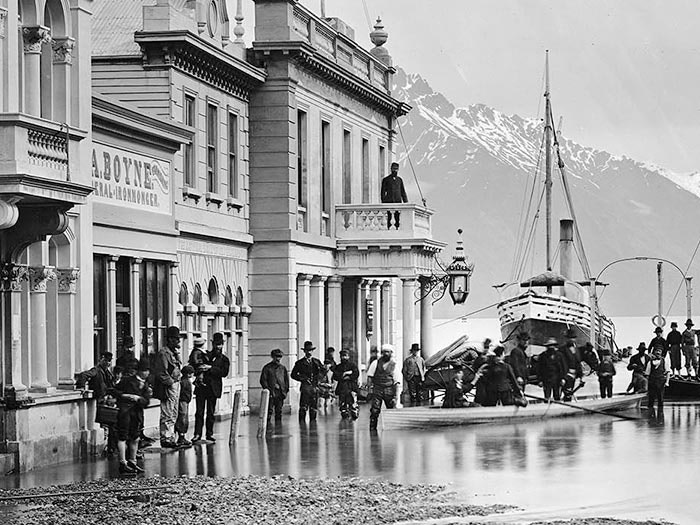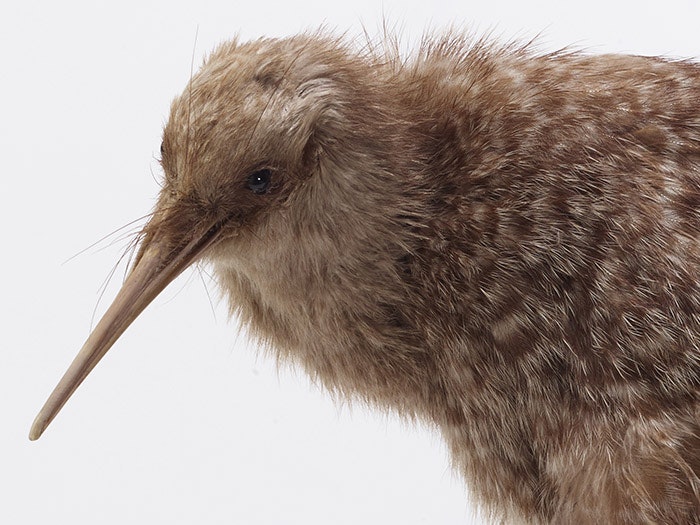
Quiz: How well do you know Aotearoa New Zealand?
Do you recognise New Zealand in the 1800s and 1900s? Guess where these images by historic photographers Muir & Moodie and the Burton Brothers were taken.
Free museum entry for New Zealanders and people living in New Zealand
Open every day 10am-6pm
(except Christmas Day)
Free museum entry for New Zealanders and people living in New Zealand
Bird expert, Colin Miskelly, comments on recently rediscovered 1940s footage of a kiwi, and explains how far wildlife documentaries have come in the last 70 years.
This video shows black and white footage of a North Island brown kiwi on Kawau Island used in a film documentary to educate viewers on the bird’s special adaptations.
It’s a great example of how wildlife documentaries have progressed, and how we’ve moved on from filming methods where kiwi were apparently handled solely as a way to gain footage of the secretive and unusual bird species.
*This video has no sound
Outdated methods used by the film-makers include exposing the nest and picking up the eggs for the camera. The film-makers can also be seen handling and manipulating the bird to show body parts to the camera, releasing the kiwi in daylight away from its nest or roost hole, and then pursuing the stressed bird to see where it has tried to hide.
Modern film-makers or narrators are also unlikely to use such a value-laden term as ‘stupid’ to describe a stressed animal taken out of its natural environment – and even less so when it is our national bird!
Today, much greater care is taken to collect footage that shows wildlife behaving naturally, without apparent intrusion by film-makers or researchers.
This change in approach is possible due to huge advances in camera and lighting technology and better understanding of animal behaviour. But it mainly reflects changes in our awareness of acceptable behaviour when interacting with threatened wildlife.
Audiences are also unlikely to accept footage of threatened species being disturbed in such an intrusive way in order to get them to perform for the camera.
Today, there are restrictions placed in filming concessions granted by the Department of Conservation for filming protected wildlife and film-makers must comply with a level of professional ethics and sensitivity to animal welfare.
There are still appropriate situations to show wildlife being captured, handled and released, but only where this is part of conservation and research programmes that are explained in the documentary.
This archival footage is a great illustration of how natural history film making has evolved over time, and our own awareness of acceptable behaviour when interacting with threatened wildlife.
One thing that has not changed is New Zealanders’ fascination with one of the world’s most unusual bird species – and one that we proudly share our identity with.

Do you recognise New Zealand in the 1800s and 1900s? Guess where these images by historic photographers Muir & Moodie and the Burton Brothers were taken.

Discover more about the little spotted kiwi – the smallest of the kiwi species

Colin is one of our most active bloggers about all things feathery, slimy, slippery, and creepy!